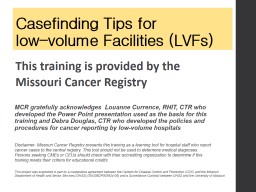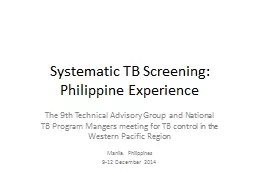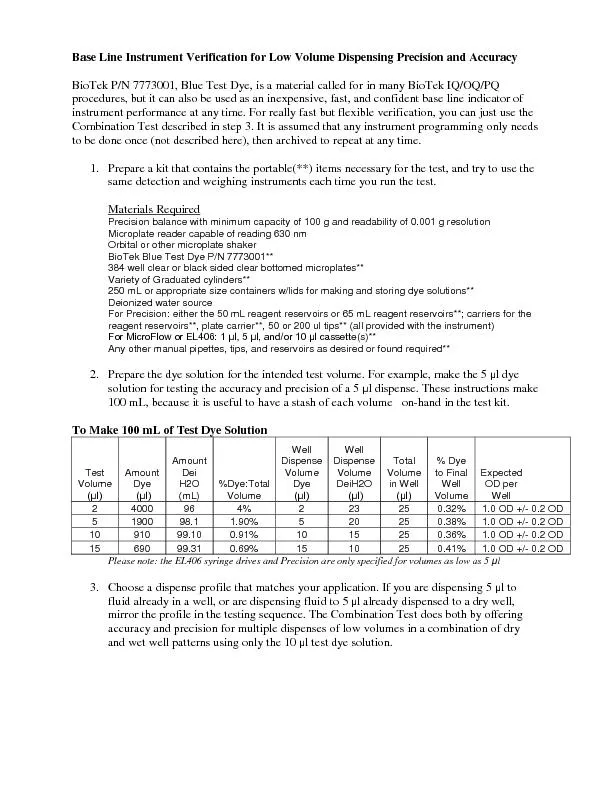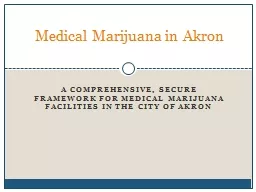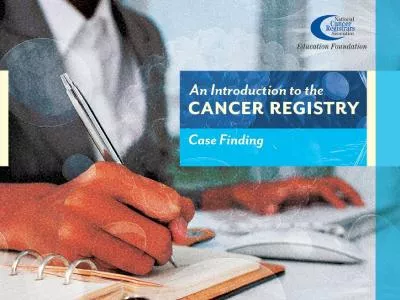PPT-Casefinding Tips for Low-volume Facilities (LVFs)
Author : joanne | Published Date : 2023-11-23
This training is provided by the Missouri Cancer Registry MCR gratefully acknowledges Louanne Currence RHIT CTR who developed the Power Point presentation used
Presentation Embed Code
Download Presentation
Download Presentation The PPT/PDF document "Casefinding Tips for Low-volume Facili..." is the property of its rightful owner. Permission is granted to download and print the materials on this website for personal, non-commercial use only, and to display it on your personal computer provided you do not modify the materials and that you retain all copyright notices contained in the materials. By downloading content from our website, you accept the terms of this agreement.
Casefinding Tips for Low-volume Facilities (LVFs): Transcript
Download Rules Of Document
"Casefinding Tips for Low-volume Facilities (LVFs)"The content belongs to its owner. You may download and print it for personal use, without modification, and keep all copyright notices. By downloading, you agree to these terms.
Related Documents

